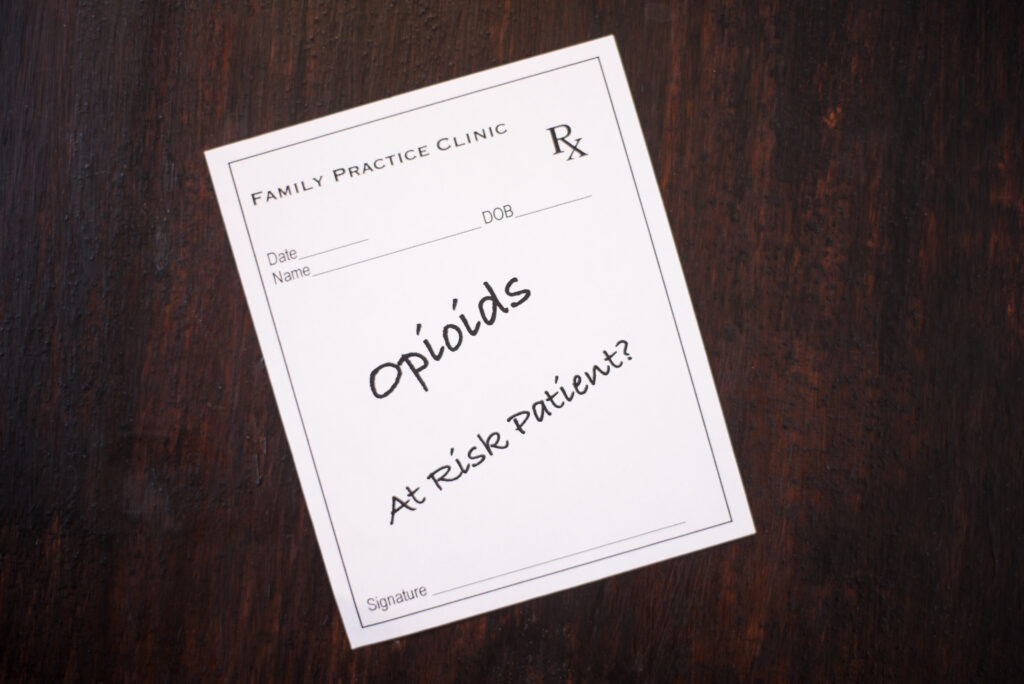
Navigating Pain: The Transition from Opioids and the Search for Sustainable Solutions
The pharmaceutical industry’s historical promotion of opioid analgesics for pain management has left a profound and troubling legacy. While opioids can provide potent pain relief, their widespread and often indiscriminate use has contributed significantly to the ongoing opioid crisis. This crisis is marked by soaring rates of addiction, shattered lives, and the pervasive despair of chronic drug dependence. Consequently, there’s a growing and urgent demand for effective non-narcotic pain relief alternatives.
The conventional medical approach to pain management has traditionally centered on pharmacological intervention. However, as the dangers of opioid reliance become increasingly evident, a paradigm shift is underway. It’s essential to recognize that genuine pain relief can be achieved through methods that don’t involve drugs at all. Natural supportive therapies, such as physical therapy, mindfulness, and other holistic approaches, can empower individuals to work in conjunction with their bodies’ innate healing mechanisms, facilitating recovery from trauma and the alleviation of pain.
Nevertheless, there’s a prevailing misconception that non-narcotic drugs offer a completely safe and harmless alternative. While these medications, which include aspirin, acetaminophen (paracetamol), and non-steroidal anti-inflammatory drugs (NSAIDs), may carry a lower risk of addiction compared to opioids, they are not without their own potential for adverse effects and dependence. Furthermore, the historical record reveals that other non-narcotic substances, such as tranquilizers and barbiturates, can also be highly addictive.
The misuse of non-narcotic tranquilizers, often sought for their pain-relieving and mood-altering properties, poses a significant threat, particularly when these substances are combined with other medications or alcohol. Adding to the problem is the illicit trade of these drugs on the black market, where profit-driven dealers operate with a disregard for the well-being of vulnerable individuals.
The warnings regarding the potential dangers of widespread drug use have been articulated for many years. However, a persistent cycle of demand and supply continues to fuel the problem. This demand is often driven by a societal desire for quick fixes to the complex pressures of modern life. Individuals seek immediate relief from both physical and emotional pain, and drugs provide a seemingly easy escape.
However, true and lasting pain relief necessitates addressing the root causes of pain. This requires a shift in perspective, from viewing pain as a problem to be suppressed to recognizing it as a symptom of underlying distress. By supporting the body’s natural healing processes and addressing the emotional and psychological factors that contribute to pain, individuals can achieve sustainable relief without the risks associated with drug dependence.
Ultimately, addiction is not an inherent disease but rather a consequence of our reliance on pharmacological solutions, both narcotic and non-narcotic, to manage pain. Achieving a genuine transition to non-narcotic pain relief requires a fundamental change in our approach to healthcare, one that prioritizes holistic well-being over the quick fix.
Leave a Reply